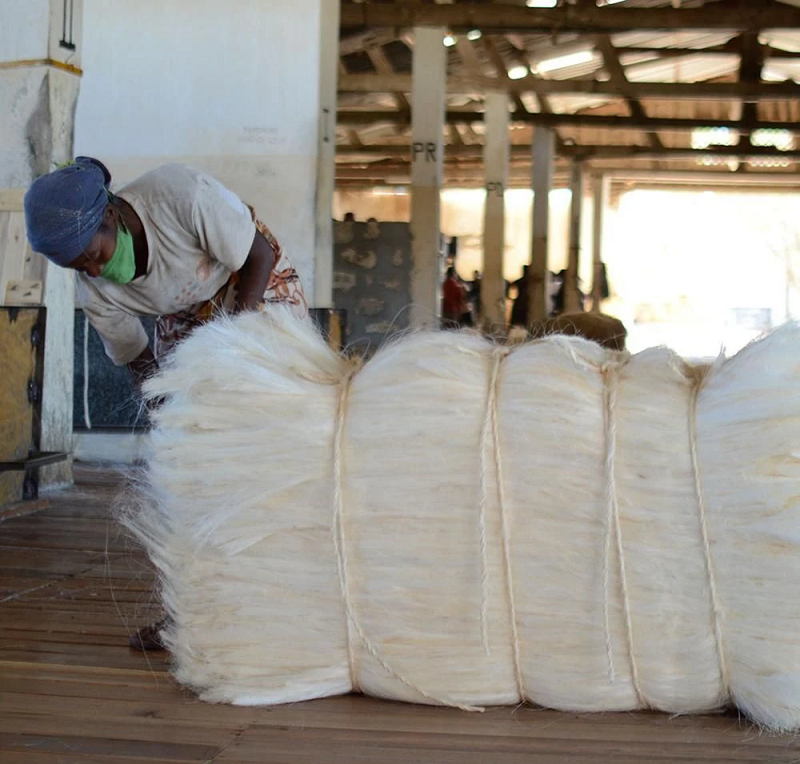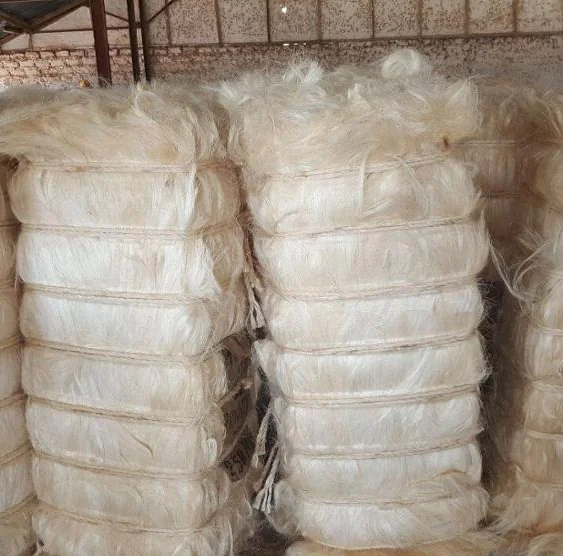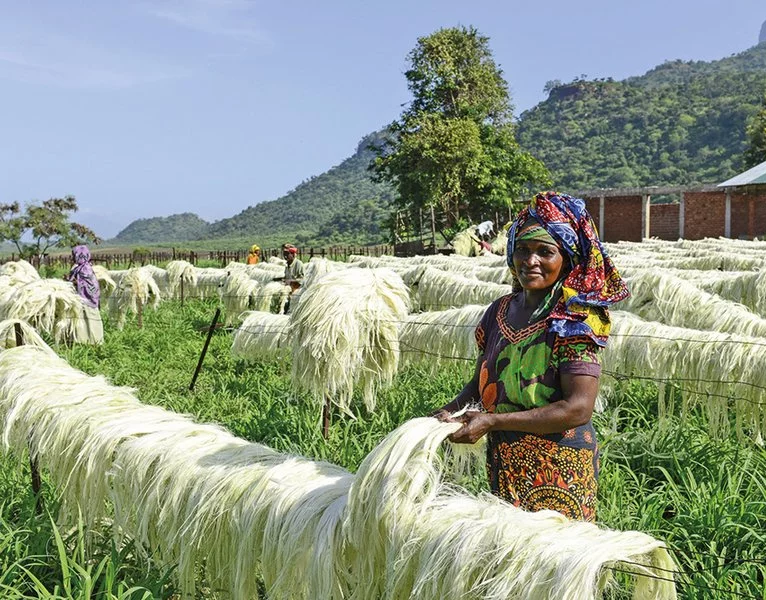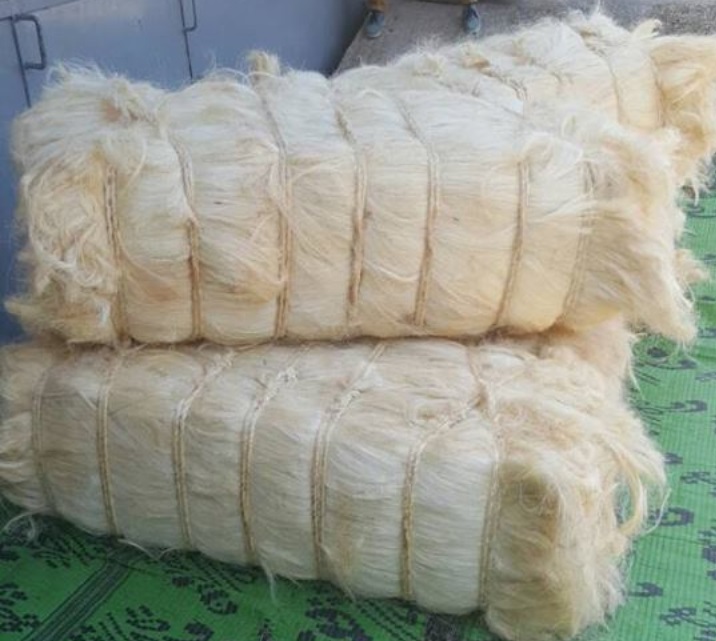Your cart is currently empty!
What is Sisal Fiber
What is Sisal Fiber
The question ”What is Sisal Fiber” is one of our favorites. The Fiber is one of the most widely used natural fibers and is fully biodegradable. The fiber is exceptionally durable and low maintenance with minimal wear and tear. The fiber is obtained from sisal plant and known formally as Agave sisalana. These plants produce rosettes of sword-shaped leaves which start out toothed, and gradually lose their teeth with maturity. Each leaf contains several long, straight fibers which can be removed in a process known as decortication. During decortication, the leaves are beaten to remove the pulp and plant material, leaving the tough fibers behind. The fibers can be spun into thread for twine and textile production or pulped to make paper products.
What are the properties of Sisal Fiber

- 1. Sisal fiber is exceptionally durable with a low maintenance with minimal wear and tear.
- 2. It is biodegradable and recyclable.
- 3. The fiber being anti-static, does not attract or trap dust particles and does not absorb moisture or water easily.
- 4. The fine texture of the fiber takes in dyes easily and offers the largest range of dyed colors of all-natural fibers.
- 5. It exhibits good sound and impact absorbing properties.
Chemical Composition of Sisal Fiber
| Cellulose | 65% |
|---|---|
| Hemicelluloses | 12% |
| Lignin | 9.9% |
| Waxes | 2% |
| Total | 100% |
Uses of Sisal
The fiber has a wide variety of applications including:
A. Sisal pulp and paper – As sisal biomass contains a high proportion of cellulose its pulp is a substitute for wood fibers and adds bulk to paper and cardboard as well as being absorbent and having high fold endurance characteristics making it a high-quality input for paper products. Given its porosity, it can be used in cigarette paper filters and things like tea bags.
B. Traditional – Twine, ropes, string, yarn and which can also be woven into carpets, mats, and various handicrafts.

C. Textile – A major use of the fiber is in buffing cloth – because sisal is strong enough to polish steel and soft enough not to scratch it. The use of sisal in non-woven textile is also of prime significance, as sisal is an environmentally friendly strengthening agent to replace asbestos and fiber glass in composite materials. This has led to increased employment of the fiber in the automobile industry. The use of fiber depends on its grade.
Grades of Sisal Fiber
1. Grade A (UG Quality)
| Length | Moisture | Impurity | Humidity | Diameter | Color |
|---|---|---|---|---|---|
| 90-130cm | 7%-10% | 0%-2% | 10%-13% | 0.35mm | Creamy white |
2. Grade B (SSUG Quality)
| Length | Moisture | Impurity | Humidity | Diameter | Color |
|---|---|---|---|---|---|
| 60-90cm | 10%-14% | 4%-5% | 14%-15% | 0.35mm | Yellow to Brown |
Packing of Sisal Fiber
100kg/250kg per bales, per client requirements.
Tagged in :
Latest Posts
Tags
acheter de la fibre de sisal au Ghana acheter de la fibre de sisal en gros acheter de la fibre de sisal en gros distributeurs en gros de fibre de sisal acheter de la fibre de sisal en ligne acheter de la fibre de sisal en Tanzanie acheter de la fibre de sisal en vrac best place to buy sisal fiber Best suppliers of Sisal Fiber 2025 buy bulk sisal fiber buying sisal fiber Buying Sisal Fiber in Ghana Buying Sisal Fiber in Tanzania Buying Sisal Fiber online buying sisal fiber wholesale buying sisal fiber wholesale wholesale distributors of sisal fiber commander de la fibre de sisal en gros corde de sisal à vendre distributeurs de fibre de sisal Distributors of Sisal Fiber fibre de sisal en gros fibre de sisal à vendre fibre de sisal à vendre en ligne ficelle de sisal à vendre fournisseurs de fibre de sisal fournisseurs en gros de corde de sisal fournisseurs en gros de fibre de sisal importation de fibre de sisal Importing Sisal Fiber looking to buy Sisal fiber order Sisal fiber wholesale où acheter de la fibre de sisal où acheter de la fibre de sisal en ligne producteurs de fibre de sisal sisal fiber for sale sisal fiber for sale online sisal fiber wholesale sisal rope for sale sisal twine for sale suppliers of sisal fiber Top 5 best places to buy sisal fiber wholesale vous cherchez à acheter de la fibre de sisal where to buy sisal fiber Where to buy Sisal Fiber online Wholesale Suppliers of Sisal fiber wholesale suppliers of sisal rope





Leave a Reply